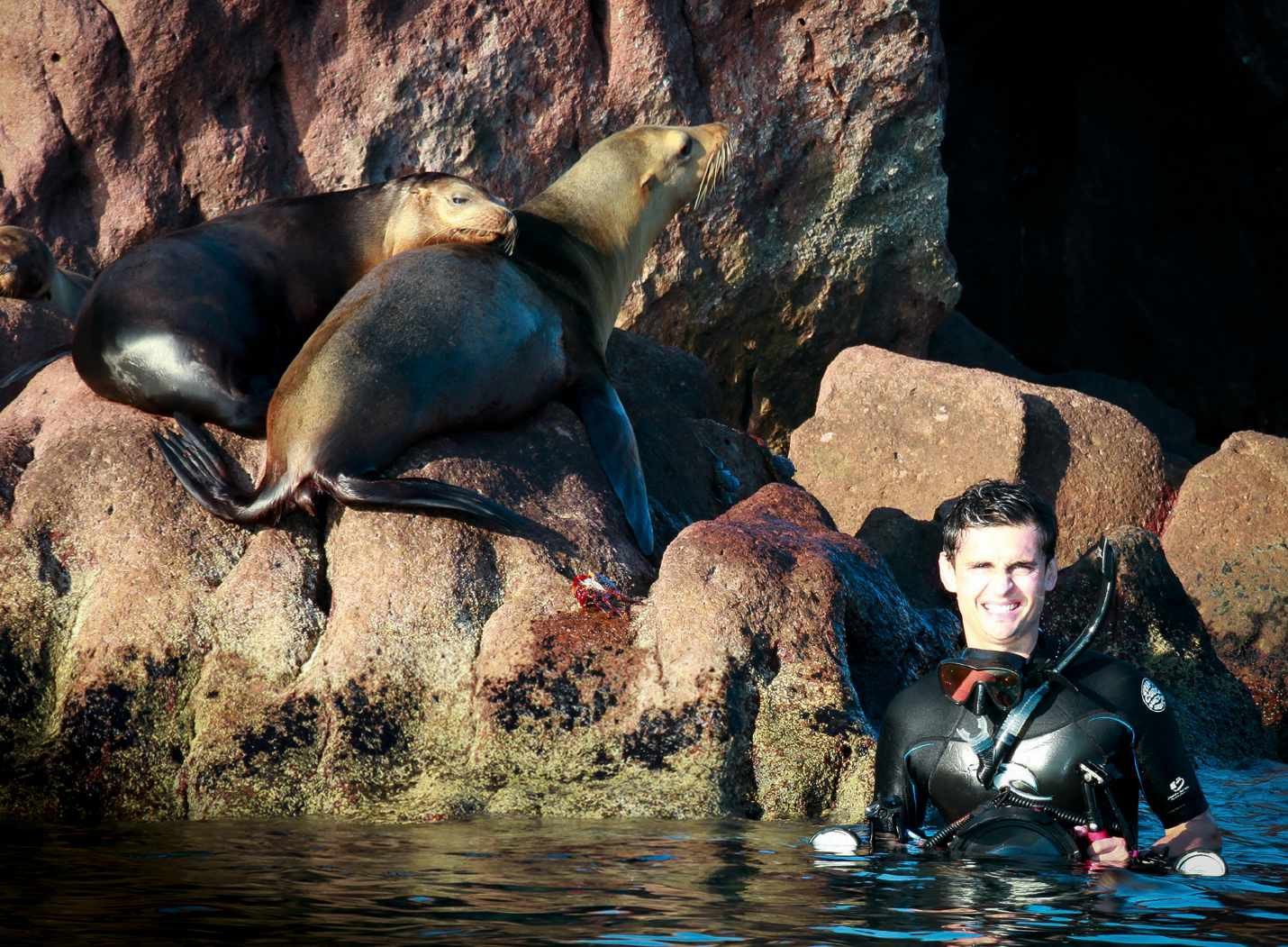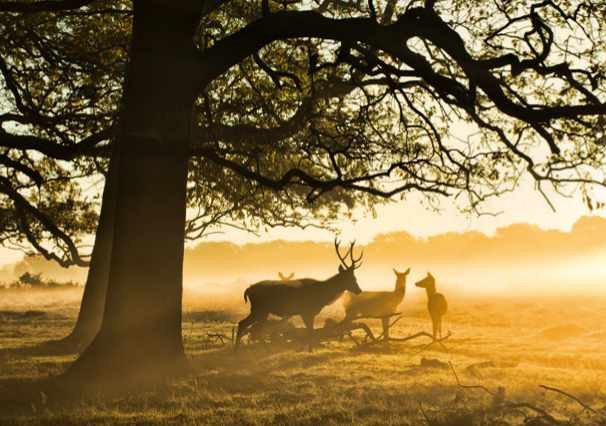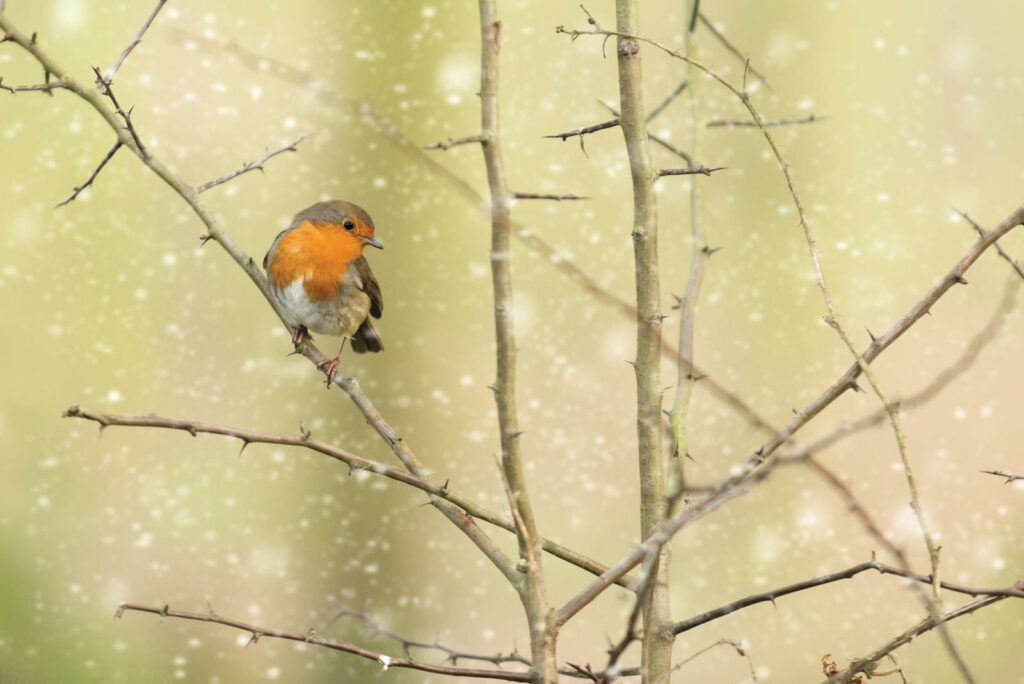Alejandro Prieto on snappy crocodiles and armed drug dealers

Why wildlife photography?
I have been drawn to wild animals for as long as I can remember – photography was the best way for me to spend time with wildlife.
What would you be if you weren’t a wildlife photographer?
I was trained as a vet, so I’d be a vet.
Any epic fails?
On my first trip to the Pantanal in Brazil in 2011, I was in a boat looking for jaguars. We were heading down a small river and there was a large male resting, looking directly at us. The guide missed it, so I told him to turn around. As I was getting my tripod and camera ready, the boat collided with a rock and my gear was thrown into the water. Instinctively, I jumped in after it, and by the time I’d clambered back into the boat, the cat had wandered off. But my camera was no longer working anyway…
Has an animal ever damaged your gear?
A huge pack of white-lipped peccaries once decided to investigate one of my cameratraps. They threw it onto the ground and then tore it apart, along with the sensors.
I still have some pictures of them in full-on destruct mode.
What’s been your most costly shoot in terms of time invested?
There are so many. I have invested huge amounts of money and time –- months, even years – setting up camera-traps in remote locations with no success whatsoever.
You are known for your Mexican border wall story. Were you ever in danger?
Yes. I had a pretty scary encounter with armed drug dealers on the border between Sonora and Arizona. They forced my guide and I to leave the area. I also faced border patrol harassment on an almost daily basis.
Have you sustained any injuries while in the field?
A crocodile in Cuba once bit my hand, leaving a scar. But it was 100 per cent my fault. I also crash-landed my paraglider after photographing flamingos in mid-air, which was a very close shave…
Alejandro Prieto is from Mexico. See his work at alejandroprietophotography.com.
DISCOVER WILDLIFE

How to photograph wildlife in winter light
Wildlife photographer Mike Hamblin offers top tips on ways to make the most of the special clarity and warmth of the light at this time of year. Visit discoverwildlife.com/winterlight for the full article.
• BACKLIGHT
“For dramatic backlit shots, shoot towards the sun when it’s closest to the horizon. This will produce beautiful rim lighting around your subject and a warm glow.”

• LOW-ANGLE LIGHT
“In winter, the sun arcs low in the sky, bathing everything in warm light, especially early and late in the day.”
• FLAT LIGHT AND SNOW
“Digital cameras handle flat lighting very well, so I shoot in all weathers. (A plastic bag and elastic bands will keep your camera dry.)”